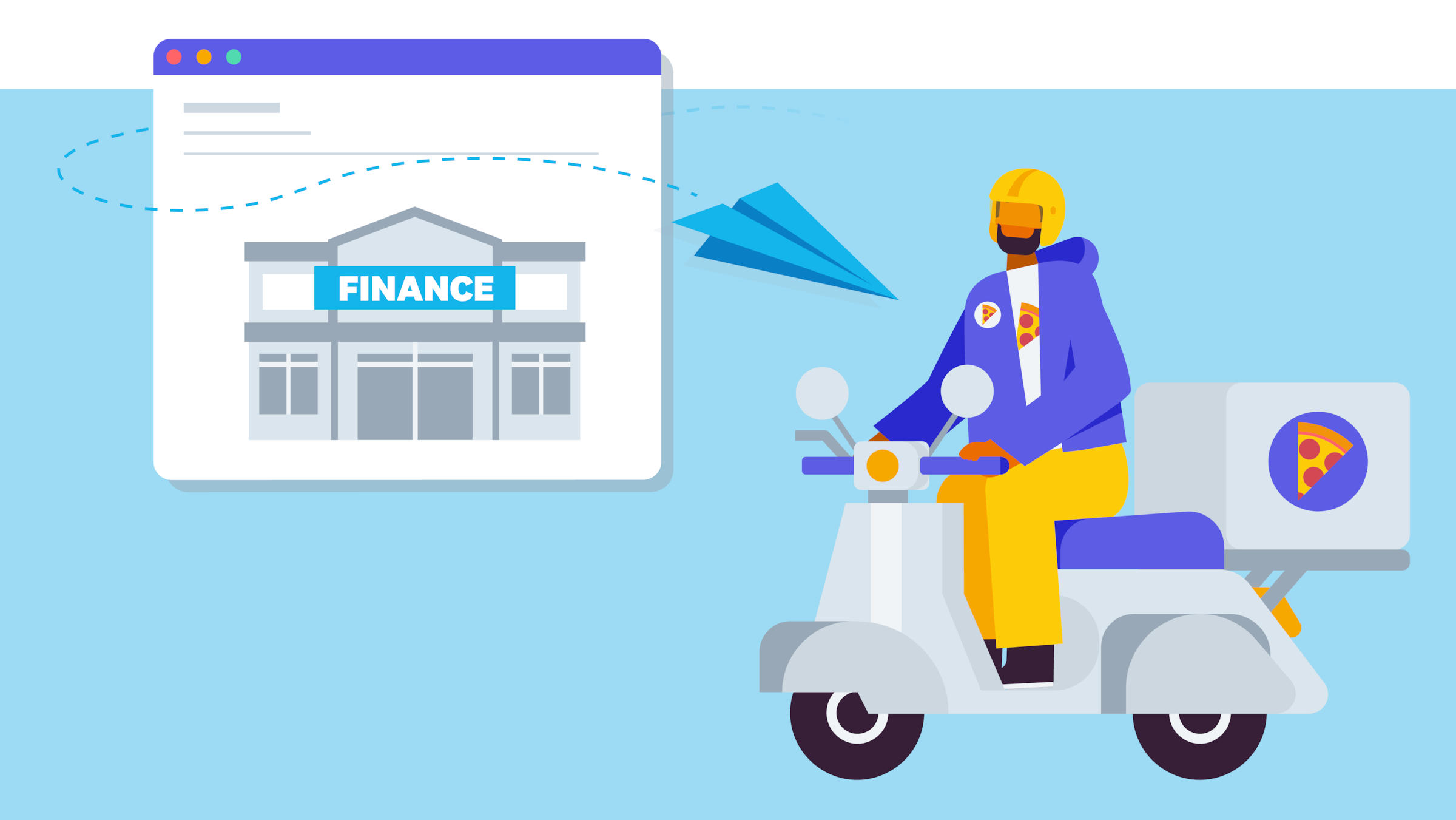What is a business line of credit?
Learn what a business line of credit is, when they’re most commonly used, and how to get one.

How does a line of credit work?
A business line of credit works like a credit card. It gives your business access to a pool of funds, up to a limit.
You can withdraw funds when needed and you only have to pay interest on that amount, not the total amount available. Some lines of credit expire after a set time, while others can be revolving. With a revolving line of credit, you can reuse the funds once you’ve repaid them, all without having to reapply.
Example of a line of credit
A bank gives you a line of credit with a limit of $50,000. You withdraw $10,000 to buy inventory. You’ll only pay interest on the $10,000 and can still use the remaining $40,000 if you want. You then need $5,000 for new shop fittings. You can withdraw that before you’ve paid back the $10,000. Interest is charged only on whatever amount you’ve borrowed.
Line of credit vs term loan
The main alternative to a line of credit is a term loan. With a term loan, you borrow a lump sum, then make regular, fixed repayments over a set period of time. You can generally get a larger amount with a term loan than with a line of credit, and they’re more suited to major, high-cost purchases such as buildings.
A line of credit is ideal for short-term things like purchasing inventory, repairing equipment, or covering day-to-day expenses when cash flow is tight. It’s handy to have one when your borrowing needs are hard to predict. It’s a financial cushion. However, the interest rate can be higher than a term loan.
How is a line of credit different from a credit card?
Business credit cards are almost always unsecured. That means you don’t put up any collateral to offset the lender’s risk. As a result, they will charge you higher interest rates and fees.
Business lines of credit can be secured. If you offer collateral, the interest rate will tend to be lower, and you’re likely to be able to withdraw more.
Common business uses for a line of credit
If you have a seasonal business, a line of credit can help cover overheads or payroll in the off-season. If you’re waiting for clients to pay you, a line of credit can help you cover costs in the meantime. Or you might use it to take advantage of a bulk purchase price on inventory.
Repayments are more flexible than with a term loan. You can generally pay lump sums without any penalties.
Risks of over-using a line of credit
A line of credit shouldn’t be used as a cover for losses or to manage your payroll long term. If you’re continually using a line of credit for routine expenses, your business may have cash flow problems. In a situation like this, you may need to overhaul your accounts receivable process. And if finance is a medium-to-long-term part of your solution, it might be better to use a term loan with lower interest rates.
How do you get a line of credit?
The time to get a business line of credit is before you need it. If you apply for a line of credit when business is good and your cash flow is healthy you’re more likely to get approved, and get better terms.
The lender will want to see your financials, including:
- bank statements
- balance sheet
- income statements
They’ll also want to see your business credit history, and maybe your personal one. Some lenders won’t give you a line of credit unless your business has been earning money for a few years.
You can download our free balance sheet template so that you head to the lender with the information they need.
How do you keep it?
You will probably have to follow some rules in order to keep the line of credit. For example, you may have to stay above a certain level of debt, repay all credit periodically, or maintain a particular net worth.
Want to know more about business finance?
If you want to learn more about business loans or explore other types of finance, check out our guide on getting business finance.
Disclaimer
Xero does not provide accounting, tax, business or legal advice. This guide has been provided for information purposes only. You should consult your own professional advisors for advice directly relating to your business or before taking action in relation to any of the content provided.
Start using Xero for free
Access Xero features for 30 days, then decide which plan best suits your business.
- Safe and secure
- Cancel any time
- 24/7 online support